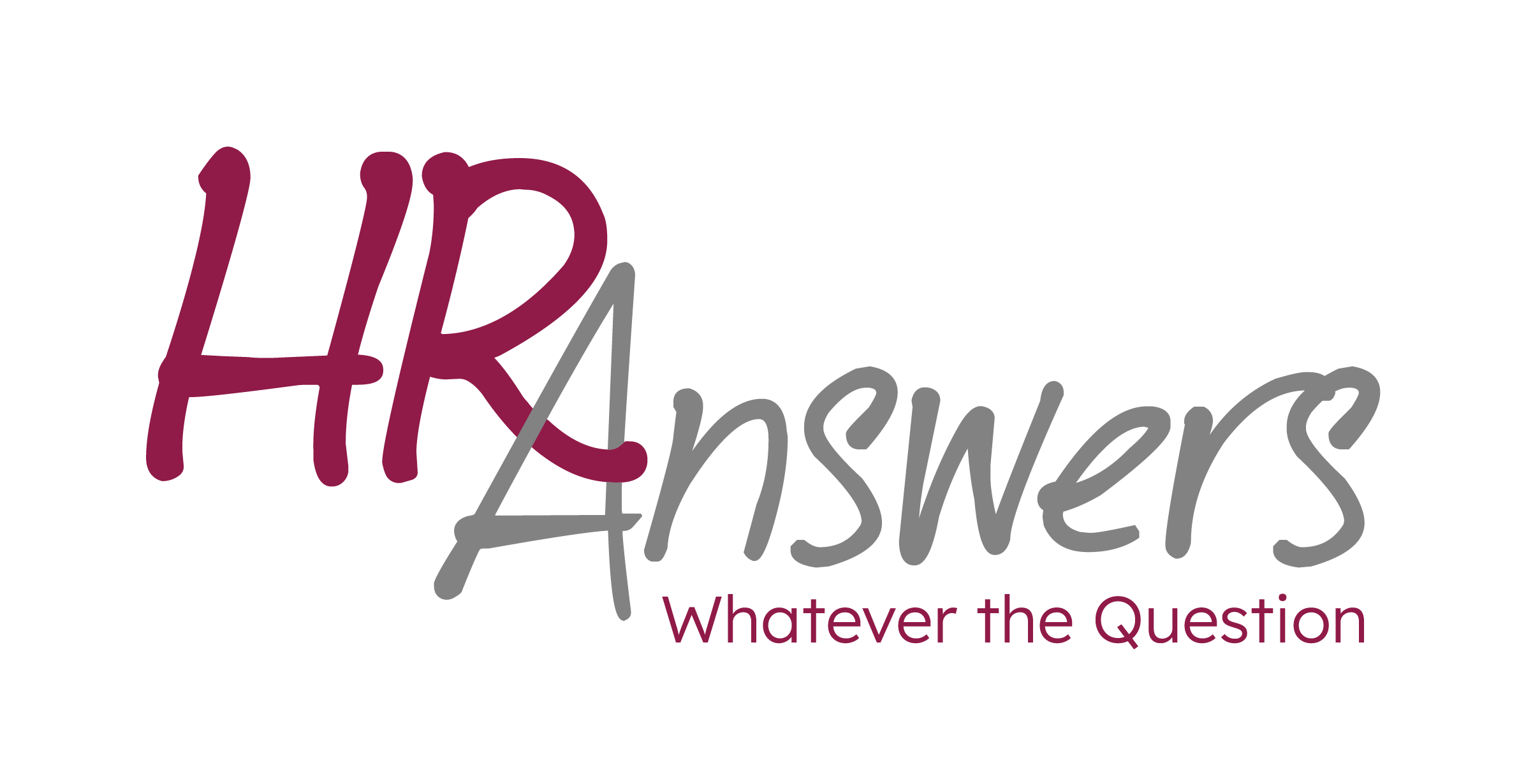Striving To Be An Inclusive Workplace

It’s a no-brainer that diversity and inclusion make for a stronger workforce. When organizations embrace and value employees of different backgrounds into an inclusive workplace, they reap the rewards in creativity and innovation, a strong company culture, improved employee performance, and more.
An inclusive workplace welcomes and supports people with all kinds of differences. Inclusion is a sense of belonging, connection and community at work. Inclusive organizations help people feel welcomed, known, valued and encouraged to bring their whole, unique selves to work. Building an inclusive culture helps employees feel more comfortable being themselves, asking for what they need to feel empowered, increasing independence which leads to increased confidence, engagement, and ultimately productivity. An inclusive workplace understands that people have different ways of processing information, interacting with others, and achieving goals. When employees feel valued, they’re more likely to make valuable contributions in the workplace.
If we think about this from the employee experience at work (and beyond) inclusion means creating wonderful and fulfilling experiences. These experiences have a positive effect on team members and empower them to do their jobs more effectively. Research by the Limeade Institute and Artemis shows:
28% are more engaged at work
19% have greater well-being in their lives
43% are more committed to their organization
51% are more likely to recommend their organization as a great place to work
Inclusive workplaces tend to have more innovative ideas, creating more opportunities to generate revenue or increase brand recognition. They also are:
2.9 times more likely to identify and build leaders
3.8 times more likely to be able to coach people for improved performance
3.6 times more able to deal with personnel performance problems
6 times more likely to anticipate change and effectively respond
6 times more innovative
67% of candidates seek out diverse organizations to work for
8 times more likely to have overall better business outcomes
2.3 times higher cash flow per employee over a three-year period
120% more likely to hit financial goals
Most leaders agree an inclusive workplace is important. But what being inclusive means and how it comes to life varies widely from one organization to the next.
The key to an inclusive work environment is making sure each employee feels included, and this is exactly where many organizations lose momentum. You need true commitment from everyone, every day and throughout an organization, to create a culture of inclusion. Leaders also need to show they authentically value the people behind their ideas and experiences.
If you and your organization are ready to do more in the inclusion space here are several suggestions to help everyone flourish or take elements to the next level:
Integrate inclusion into your core values which is demonstrated in what and how you do things each and every day.
Ongoing reinforcement and support from leadership is a top-down imperative. Walk the walk and talk the talk.
Modeling respect and inclusive language like person or individual, people with disabilities, spouse or partner. You are asking for basic courtesy allowing people to participate in the workplace without the constraints of discrimination or favoritism. This step also means learning about microaggressions and learning what not to say and what you are saying may be off putting to others. This step could include installing multilingual signage for employees and visitors.
1-on-1 Check-ins. These are not just for providing in-the-moment feedback. They are also opportunities to build trust – to open the door for dialogue that allows employees to honestly express their needs or discuss challenges they may experience in your workplace. This time is perfect time to build on the individual’s strengths and interests while discussing learning, development and career track opportunities. This shows the employee the organization cares and wants to hear about their aspirations for growth.
Create safe spaces. When people have a voice and feel comfortable sharing their ideas and opinions verbally, in surveys and when leadership listens you are creating psychological safety and a sense of belonging. Provide gender-neutral restrooms, lactation rooms, prayer or meditation spaces, and quiet workspaces for workers who may be distracted, overstimulated or overwhelmed for any number of reasons. This step can also include opportunities for your more introverted employees to speak up or designate solitary spaces for them to work and eat so they can recharge. This need for safe spaces extends to your remote employees as well (the digital space to use pronouns and blocking time off on calendars).
Provide transparency into workforce decisions. In a transparent organization, employees don’t have to guess what’s expected of them and what’s frowned upon. Instead of having “secret rules,” be clear about how you evaluate employees. This promotes ethical decision-making practices and helps employees feel comfortable about speaking up. Sometimes organizations need to make changes or adjustments communication about then changes in direction or policy are needed.
Create and plan events and initiatives focused on inclusivity to honor recognize and celebrate employees from Pride Month to screening documentaries, to recognizing and rewarding everyone’s performance. Make sure your organization’s activities promote and support diversity as well. Who are you inviting to public-facing events? Which charitable causes does the organization support during volunteer days and fundraisers?
Make the work environment accessible to all. To all forms of disabilities going beyond meeting ADA requirements and ergonomics.
Emphasize on-going inclusion awareness and training including opportunities for authentic conversations between employees at all levels within the organization.
Provide access to resources. Support from managers or diversity and affinity groups help employees know their organization is committed to their well-being and growth.
Beyond the organizational level of activities individual employees can also contribute to this conversation and a set of activities by:
- Asking what others think
- Getting to know others within your organization
- Be yourself (expressing yourself appropriately and professionally)
- Speak up about inclusion
- Challenge stereotypes
- Think about how you communicate
- Support your co-workers’ differences
- Respond from a place of personal experience. Try using these: “in my opinion” or “based on what I have read and learned” or “according to my experience and “in my opinion” or “based on what I have read and learned” or “according to my experience. Or there is the option of ‘That’s a different perspective’ or ‘I see your point of view’ or ‘I never thought of it that way’. This keeps the conversation inclusive.
Your employees are at the heart of your organization and its culture. Inclusion involves everyone. Any of these organizational and individual actions can make a big difference to reinforcing inclusion in your workplace.
Citations:
(1) Limeade Institute and Artemis 2021
https://www.limeade.com/wp-content/uploads/2021/06/Inclusion-POV.pdf
(2) BuiltIn
46 Diversity in the Workplace Statistics to Know
Matthew Urwin | Mar 29, 2024
https://builtin.com/diversity-inclusion/diversity-in-the-workplace-statistics
(3) Josh Bersin
Why Diversity and Inclusion Has Become a Business Priority
March 16, 2019
https://joshbersin.com/2015/12/why-diversity-and-inclusion-will-be-a-top-priority-for-2016/
Looking for previously written Advantage eNewsletters or HR ALERTS?
